Do you have a question about the Honda CRF250RX and is the answer not in the manual?
Explains the meaning of DANGER, WARNING, CAUTION, and NOTICE signal words used in safety messages.
Follow guidelines to enhance safety, including inspections, fuel handling, and avoiding enclosed areas.
Understand safety and information labels on the vehicle for hazard warnings and important safety information.
Explains the meaning of various symbols and labels found on the vehicle for safety communication.
Essential precautions for riding, focusing on protective apparel like helmets and eye protection.
Guidelines for safe riding, including running-in periods and proper parking procedures.
Advice against adding unauthorized accessories or modifying the vehicle for safety.
Identifies key parts of the vehicle through diagrams and labels for easy reference.
Explains the function and meaning of various indicator lamps on the vehicle's dashboard.
Details the location and function of various control switches on the handlebars.
How to change engine output characteristics using the engine mode select button.
Operation and control of the HRC-Launch Control System for effective starts.
Procedures for starting the engine, including cold and warm starts, and potential issues.
Instructions for normal and emergency engine shutdown procedures.
Explains the vehicle's 5-speed transmission and the one-down, four-up shift pattern.
Guidelines and procedures for safely refuelling the vehicle with the correct fuel type.
Explains why regular maintenance is crucial for safety, performance, and vehicle longevity.
Lists required inspections and services at specified intervals for vehicle reliability.
Covers essential maintenance tasks like pre-ride inspections and general upkeep.
Step-by-step guide for removing and installing body parts, including the battery.
Diagnosing and resolving issues when the starter motor operates but the engine doesn't start.
Explains the PGM-FI Malfunction Indicator Lamp (MIL) and its implications.
Addresses common electrical problems like a dead battery or blown fuses.
Provides guidance on cleaning, polishing, and protecting the vehicle's surfaces.
Instructions for preparing and storing the vehicle for extended periods.
Safe methods and recommendations for transporting the vehicle on trailers or trucks.
Emphasizes environmental responsibility, including sensible cleaning and waste recycling.
Location and importance of frame and engine serial numbers for registration and parts ordering.
Lists the overall physical dimensions of the vehicle.
Details frame-related specifications like tyre size, tyre type, and tyre pressure.
Provides engine specifications including bore, stroke, displacement, and oil capacity.
Lists specifications for the battery, spark plug, and fuses.
Lists specific torque values for various components like fork pressure release screws and battery bolts.
Contact information for the manufacturer and its representatives in different regions.
| Engine Type | 249cc liquid-cooled single-cylinder four-stroke |
|---|---|
| Bore x Stroke | 79.0mm x 50.9mm |
| Compression Ratio | 13.9:1 |
| Ignition | Full transistorized ignition |
| Transmission | 5-speed |
| Final Drive | Chain |
| Front Brake | Single 260mm disc with twin-piston caliper |
| Rear Brake | Single 240mm disc |
| Front Tire | 80/100-21 |
| Rear Tire | 110/100-18 |
| Rake | 27.2° |
| Wheelbase | 58.3 inches |
| Seat Height | 37.8 inches |
| Fuel Capacity | 2.1 gallons |
| Induction | Programmed Fuel Injection (PGM-FI) |
| Front Suspension | 49mm Showa coil-spring fork with rebound and compression damping adjustability; 12.2 inches travel |
| Rear Suspension | Pro-Link Showa single shock with rebound and compression damping adjustability; 12.4 inches travel |
| Curb Weight | 238 pounds (Includes all standard equipment, required fluids and full tank of fuel-ready to ride) |
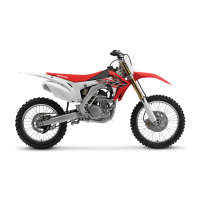
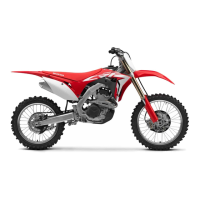


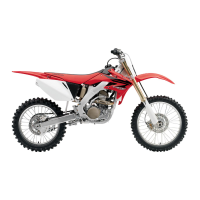

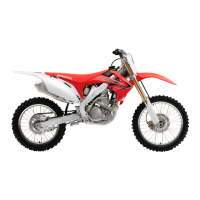
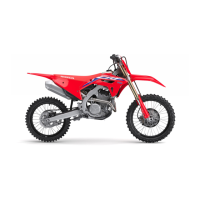
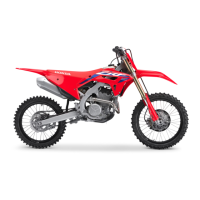
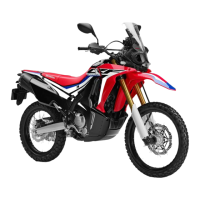

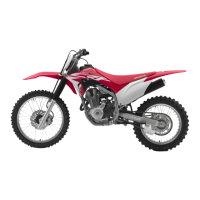
